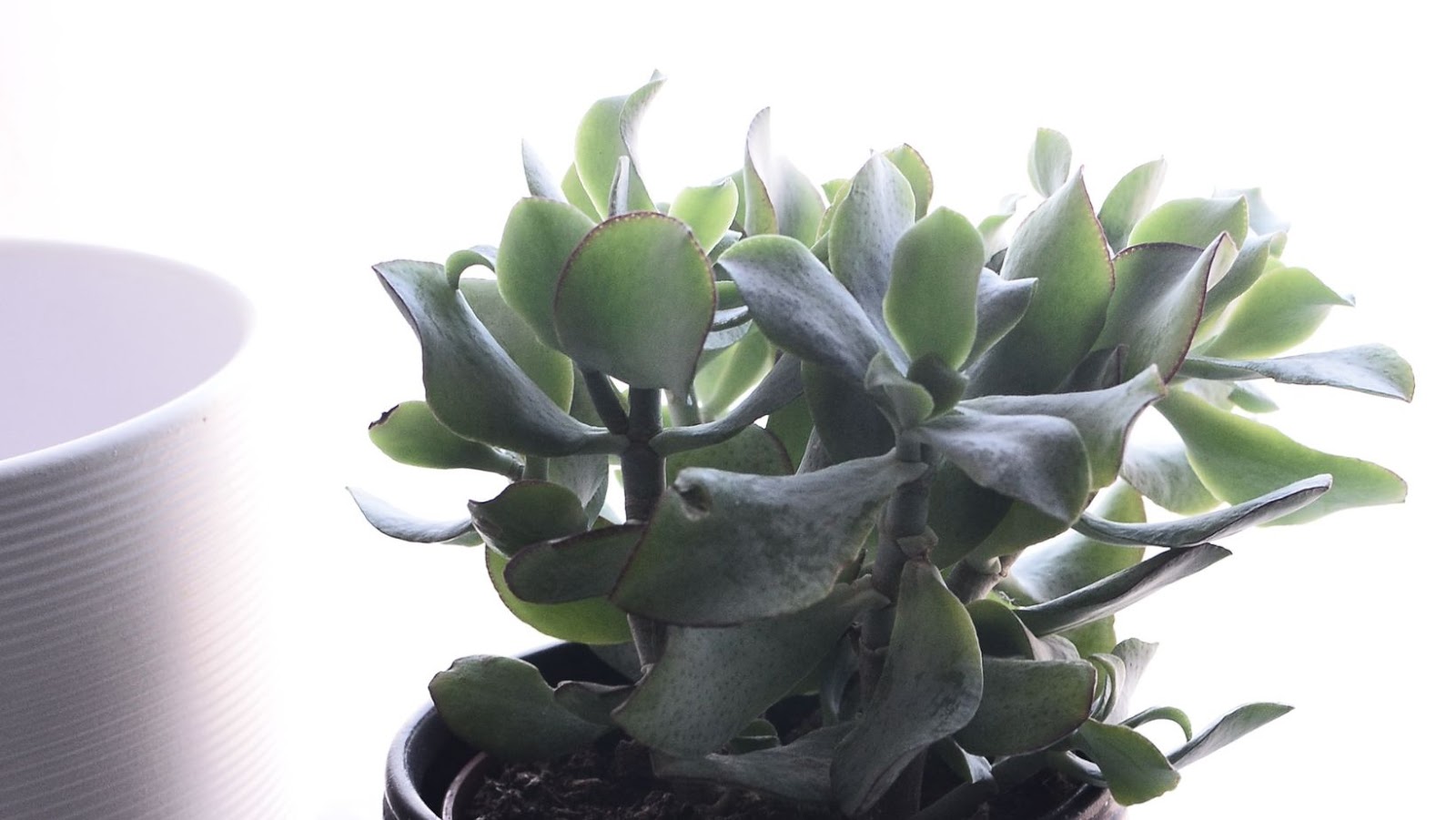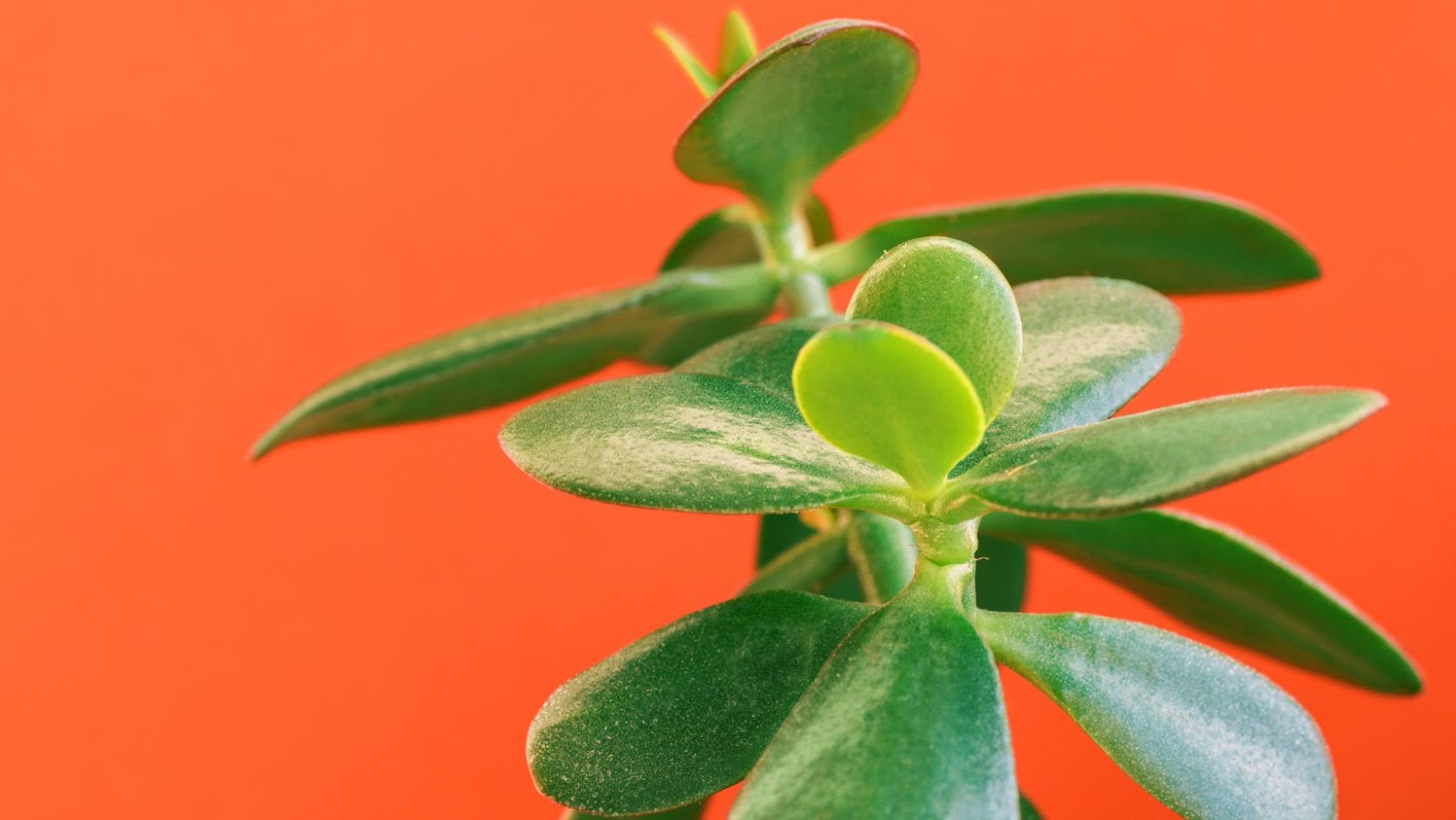Jade plants are a type of succulent plant that is native to Africa. They are a popular houseplant because they are easy to care for and can survive in a wide range of climates. Jade plants can live for many years, and some specimens have been known to live for over 100 years!
What is a Jade Plant?
Jade plants are a type of succulent that is native to Africa. They are commonly found in Madagascar, South Africa, and Mozambique. The jade plant is an evergreen with thick, fleshy leaves that grow in a rosette shape. The leaves are a rich green color and often have a glossy or waxy texture. Jade plants can grow to be quite large, reaching up to 6 feet tall and wide. They are slow-growing plants, but can live for many years with proper care. Jade plants have been grown as houseplants for centuries. They are easy to care for and thrive in a variety of indoor environments. Jade plants are commonly found in offices and homes because they are said to bring good luck and prosperity. These plants are also thought to purify the air and remove harmful toxins.
The History of Jade Plants
The jade plant, Crassula ovata, is native to South Africa and Mozambique. It has been grown for centuries in China, where it is considered symbolic of good luck and prosperity. The jade plant is also known as the “money tree” or the “lucky plant.”
The jade plant was introduced to Europe in the early 1800s and quickly became a popular houseplant. Today, it is grown all over the world and is a popular choice for bonsai. Jade plants are easy to grow and care for, which makes them a great choice for beginners. They are also very resilient and can tolerate some neglect. If you are looking for a low-maintenance plant that makes a big impact, the jade plant is a great choice!
How to Start a Jade Plant
Jade plants are a type of succulent that’s easy to care for and make a great addition to any indoor garden. If you’re thinking about starting your own jade plant, there are a few things you should know first.
Jade plants are native to Africa and Asia, and they’ve been cultivated for centuries. The most popular variety is the green jade plant (Crassula ovata), but there are also red and yellow varieties. Jade plants can be started from seeds or cuttings. If you’re starting from seeds, it’s best to sow them in late winter or early spring. You can plant the seeds in pots or trays filled with seed-starting mix or sand. Once the seeds have germinated, you can transplant them into individual pots filled with potting soil. If you’re starting with cuttings, choose a healthy stem or leaf and remove it from the plant using a sharp knife or garden shears. Place the cutting in a pot or tray filled with moist sand or seed-starting mix and wait for it to root. Once the roots have established themselves, you can transplant the cutting into a pot filled with potting soil.
Water your jade plant regularly, but allow the soil to dry out completely between waterings. Jade plants prefer bright, indirect light but can tolerate some direct sun.
Feed your jade plant once every two weeks during the growing season (spring and summer) with a balanced fertilizer diluted to half strength. During the winter months, reduce watering and fertilizing to once a month.
Jade plants are relatively easy to care for, but they can be susceptible to mealybugs and other pests. Check your plant regularly for signs of infestation and treat accordingly if necessary.

How to Care For a Jade Plant
Jade plants are a type of succulent plant that is native to Africa and Asia. They are also known as “money plants” because they are believed to bring good luck and fortune to their owners.
Jade plants are easy to care for and can thrive in a variety of environments, making them a perfect plant for both indoors and outdoors. Here are some tips on how to care for your jade plant:
-Place your jade plant in an area that receives bright, indirect sunlight. Jade plants do not like direct sunlight, as this can scorch their leaves.
-Water your jade plant thoroughly, but then allow the soil to dry out completely before watering again. Over-watering can lead to root rot, so it is important to let the soil dry out completely between watering sessions.
-Feed your jade plant with a succulent or cactus fertilizer once every two weeks during the growing season (spring and summer). Fertilizing is not necessary during the winter months.
-Pruning is not necessary, but if you want to encourage bushier growth, you can trim back the stems of your jade plant by a few inches every few months.
The Benefits of Jade Plants
Jade plants are a type of succulent that is native to Africa. They are easy to grow and care for, making them a popular choice for both indoor and outdoor gardens.
Jade plants have a number of benefits, including:
-Improving air quality: Jade plants help to filter out toxins from the air, making them ideal for indoor gardens.
-Boosting happiness: These plants have been shown to boost happiness and reduce stress levels.
-Increasing productivity: Jade plants have been shown to increase productivity levels and memory retention.
– aiding in weight loss: Some studies have shown that jade plants can help people to lose weight by reducing appetite levels.

How to Start a Jade Plant
Jade plants are a popular type of succulent plant, and are native to Africa and parts of Asia. There are many different types of jade plants, each with their own unique appearance.
The most common type of jade plant is the Crassula ovata, which is also known as the money plant or lucky plant. This type of jade plant has thick, fleshy leaves that are either green or variegated with green and white. The Crassula ovata can grow to be quite large, reaching up to 6 feet tall and 4 feet wide. Another popular type of jade plant is the Crassula arborescens, also known as the tree jade or Hawaiian olomao. This type of jade plant has a more tree-like appearance, with a woody stem and branches that bear small, green leaves. The Crassula arborescens can grow up to 10 feet tall and 6 feet wide. The Crassula perforata, also known as the String of Hearts or Rosary Vine, is a type of jade plant that is native to Africa and Madagascar. This type of jade plant has long stems that are covered in small, heart-shaped leaves. The leaves are typically green, but can also be variegated with pink or purple. The Crassula perforata can grow up to 3 feet long.
The Portulacaria afra, also known as the Elephant’s Food or Spekboom, is a type of jade plant that is native to South Africa. This type of jade plant has small, round leaves that are typically green but can also be red or purple. The Portulacaria afra can grow up to 10 feet tall and 6 feet wide.
